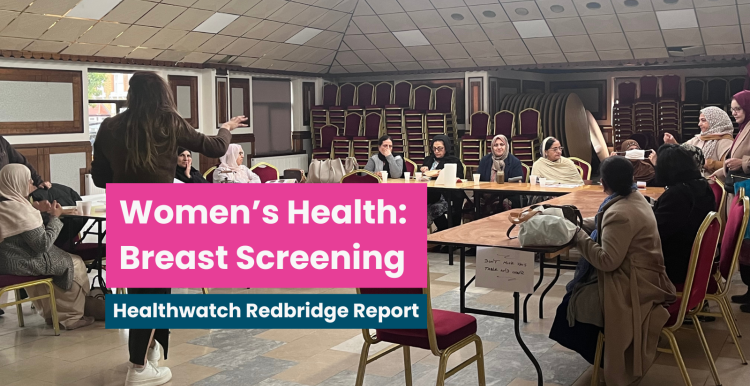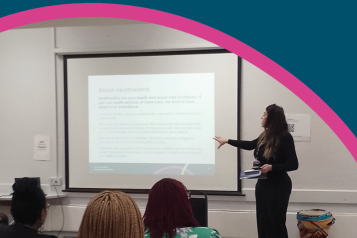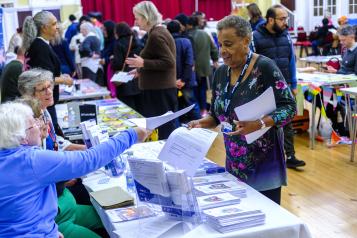Building an ambitious approach to breast screening uptake

The Healthwatch Redbridge (HWR) Women’s Health Project was established in 2024, to engage with and hear from all women about their experience and understanding of women’s health provision in Redbridge and use these insights to influence and affect change.
Our first report focused on cervical screening and was published in August 2025.
In the second phase of our Women’s Health Project, we turned to breast screening. In Redbridge, breast screening uptake has consistently exceeded the London average of 55.8%. While this is a strength we acknowledge with pride, there is still work to be done.
“And I feel like it’s rushed, because they have appointments five minutes apart or 10 minutes apart, so people are rushing...” - Black British Caribbean participant
By acknowledging the barriers that continue to persist, such as inaccessible facilities, unclear communication, and inflexible service delivery, we can build on this strong foundation to meet and exceed the national acceptable coverage level of 70%.
“I know when I had it done the first time, it felt like you’re, on a conveyor belt, because they have the appointments back-to-back. Once you come out, it is like you do not have much time to put your clothes on properly, because otherwise you are going to be stopping the next person from going in and there is not a lot of space.” - Visually impaired participant.
Reflecting the findings in our cervical screening report, there was a strong need for better information provision among women who do not speak English as a first language and women with a communication support need.
“It said that you must come alone. For me, like that just was not going to happen. I physically could not have gone alone, I tried contacting them, nobody answers their phone...” - Visually impaired participant
The experiences we heard highlight the importance of recognising that what might be routine for practitioners, for patients, is often daunting, intimidating and disruptive. When it could be the difference between a patient answering the next invitation to a screening or not, offering comfort and support can not be an afterthought.
Understanding where screening invitations, appointments and locations are failing to meet the needs of local women, we can build a collaborative system that supports women to make screenings a natural part of their busy lives.
Our Breast Screening report is driven by the voices of women in Redbridge who told us about the barriers they face. Putting their experiences at the heart of service change can help us to build a more compassionate, accessible and culturally competent health and care system.


